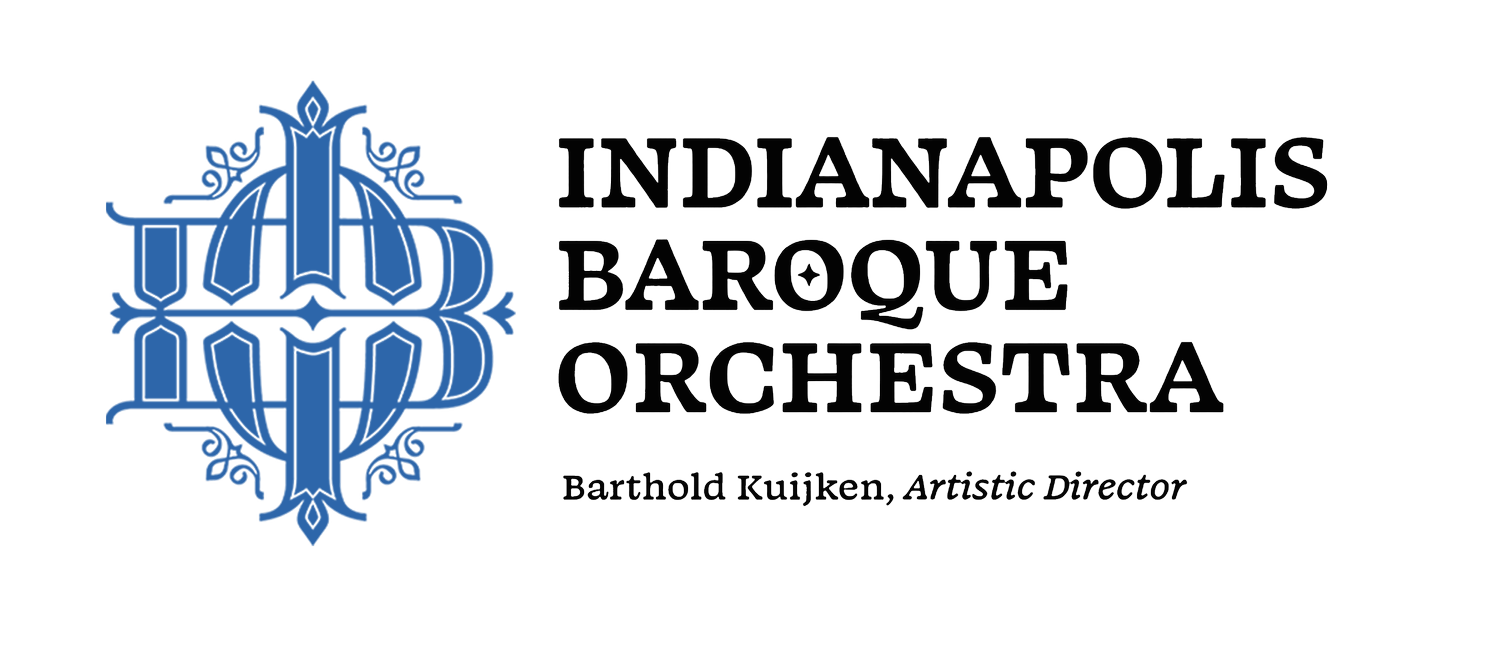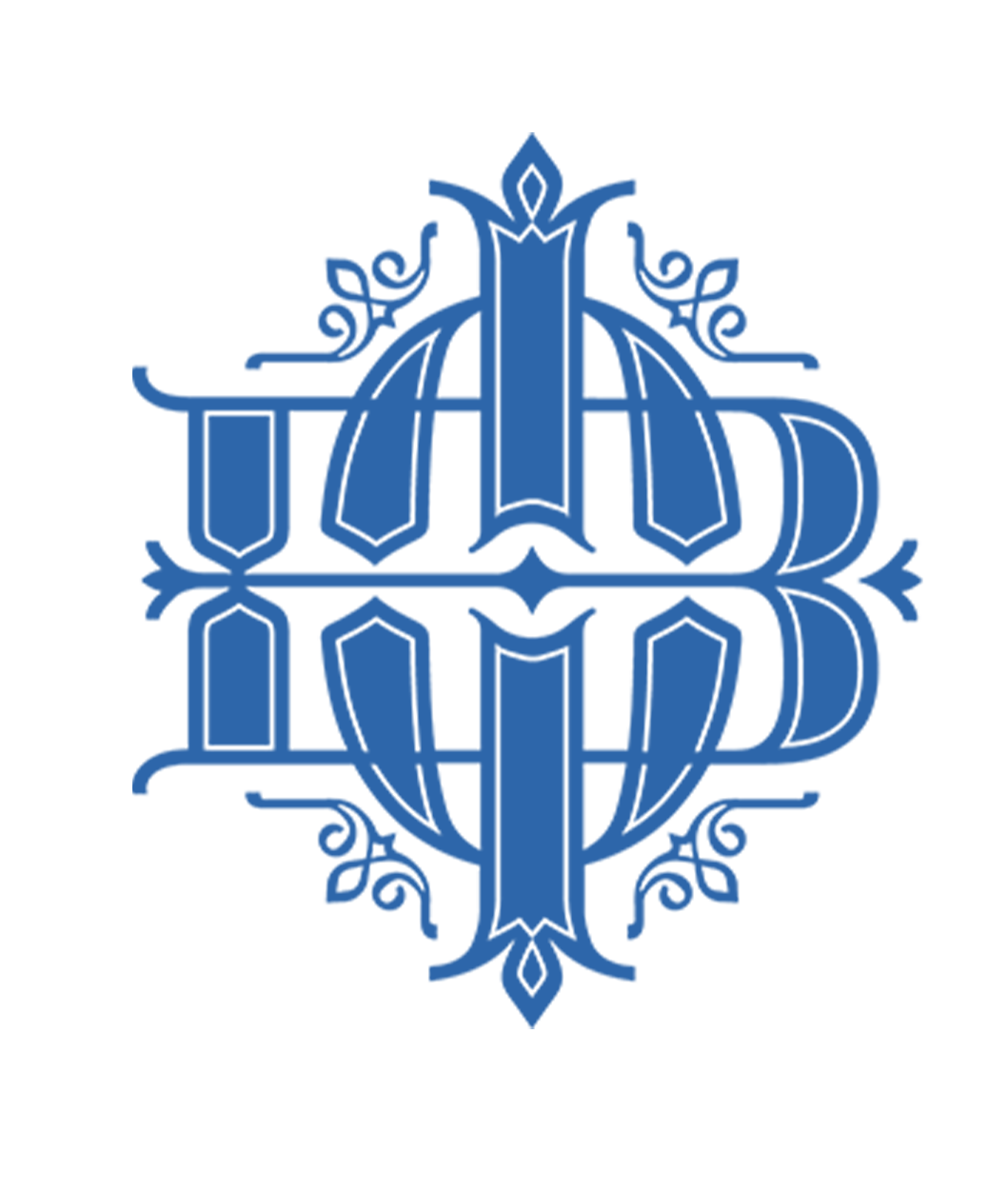Program Notes for Bach Heritage
by Dr. C. Matthew Balensuela
W. F. Bach’s Sinfonia in F major (Flack 67) dates from his early years in Dresden and is scored for strings and basso continuo in four movements. The opening Vivace gives the work its nickname, “Dissonance,” for its harmonic surprises. The movement begins with dotted rhythms and rushing scale passages reminiscent of the French Overture, which indicates the work is modeled on a dance suite, along with the use of binary forms throughout the work. The second movement Andante, in D minor, is in flowing quadruple meter, similar to an allemande. The third movement, an Allegro in F major, is in duple time with a pickup, like a bourrée. The final movement in F major features a pair of minuets creating a large ABA form.
J. C. F. Bach’s Sinfonia in D minor (HW I/3) was composed in 1768 for strings and continuo. The work is in the Galant style of being easy to follow by using repetitive motives as building blocks. The opening Allegro is a through-composed sonata form. The opening theme features descending octave leaps and the second theme begins with ascending step motion. Following a cadence in the dominant (C major), J. C. F. develops the opening themes in various ways, including a false recapitulation of the descending octave motive (in A minor) before the true recapitulation soon after. A brief coda transitions directly into the second movement Andante amoroso, which begins with an eight-measure theme in F major. The movement presents two variations of the theme (in C major and D minor) separated by a half statement of the theme and a full repeat at the end. The work concludes with an Allegro assai in D minor in the style of a bourrée—a fast duple with pick up—in a rounded binary form with a brief coda.
C. P. E.’s Symphony in G major (Wq 182/1) is one of a set of six composed in 1773 commissioned by the Austrian ambassador to Berlin, Gottfried von Swieten, for four-part strings and continuo. The opening Allegro di molto and middle movement Poco adagio both use ritornello forms, similar to an orchestral concerto, in which a principal theme alternates with episodic contrasting material. The concluding movement, Presto, is a gigue in binary form with a short coda. The three movements are played without interruption by having the first two movements end on a dominant chord of the subsequent movement.
J. C. Bach’s Flute Concerto in D major (Warb C 79) was composed by 1768 and is scored for strings, basso continuo, and solo flute. No single manuscript transmits the entire work, and musicologists have reassembled the piece over time from different sources. A manuscript in Berlin contains a flute concerto movement in D in sonata form (a first movement), which features the soloist in extensive runs and broad leaps and a cadenza near the end of the recapitulation. A manuscript in Paris transmits a Rondeau with the same orchestration (a final movement) in J. C.’s handwriting on similar paper. The brisk opening theme (repeated with the soloist with faster triplet passages) is followed by three episodes, the final two explore the parallel and relative minor keys (D minor and B minor). Each return of the theme gives the soloist an opportunity for a brief cadenza. The middle movement was not discovered until 1995 in the Library of the Brussels Conservatory among a group of papers marked “A Collection of Anonymous Autograph Manuscripts.” The Larghetto is in G major and alternates three tutti orchestral statements with extensive lyric solo passages.

